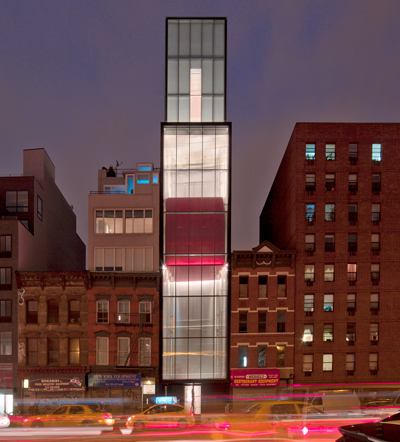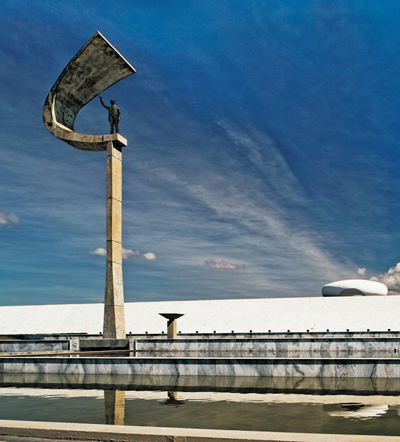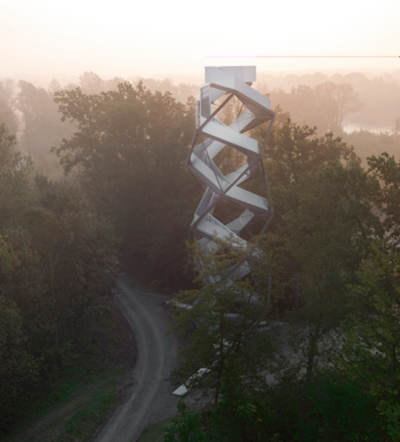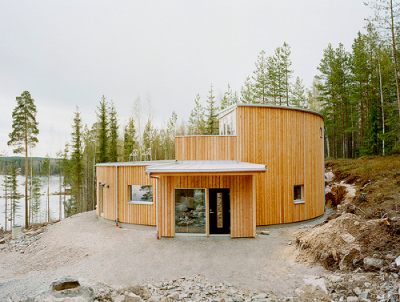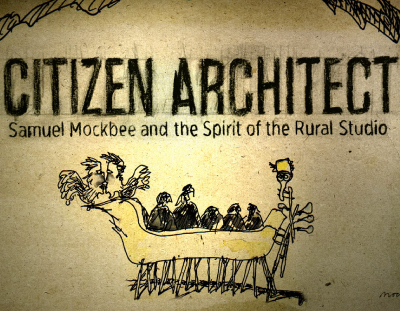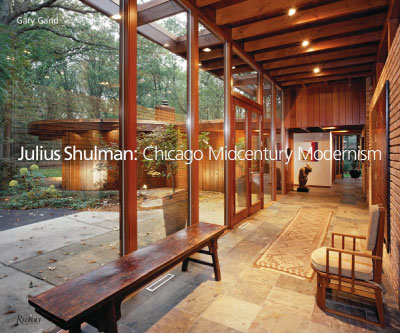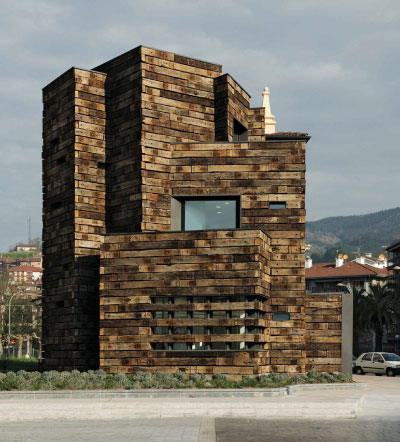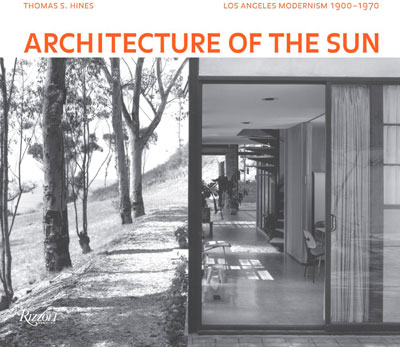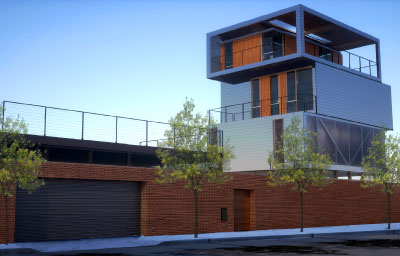

![]()
No other contemporary architect has a formal language as seductive and expressive as Zaha Hadid’s. Her work has sidestepped the conventional forms of modern architecture (rigid boxes and planes) for something altogether different (warped and tilted vectors) with complete assurance.
Hadid’s new museum for contemporary art in Rome, MAXXI: Zaha Hadid Architects. In addition to a portfolio of masterful photographs by Iwan Baan, the volume contains insightful essays about the building’s design and development, architectural plans, detail drawings, and construction photos. It’s eye-opening to understand the immense coordination efforts, and also the vast grid of steel reinforcing, that were required to get this building up.
Since the project spanned from 1999, when Hadid’s office first won a design competition, to 2009, when construction was completed, MAXXI is a powerful summation of the ideas the architect explored during these fruitful years. Chief among them is the notion that buildings aren’t static constructions but complex, mutable entities that emerge from fields of energy and activity at a site. That idea is given full, clear expression at MAXXI. The building’s long curved walls follow the outline of the L-shaped site and retract and expand in response to adjacent street grids. The compressed, overlapping forms recreate the density of traditional Roman city blocks, and echo adjacent military barracks, train tracks, and the curve of the Tiber River. The structure looks strikingly contemporary and still sits comfortably within this very old city.
(more…)




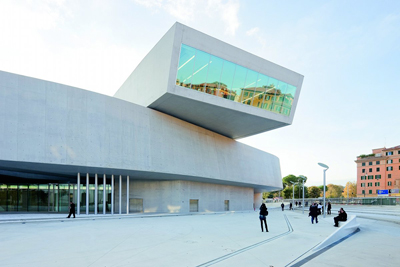
 Facebook
Facebook Permalink
Permalink Digg
Digg Reddit
Reddit LinkedIn
LinkedIn StumbleUpon
StumbleUpon Tumblr
Tumblr
